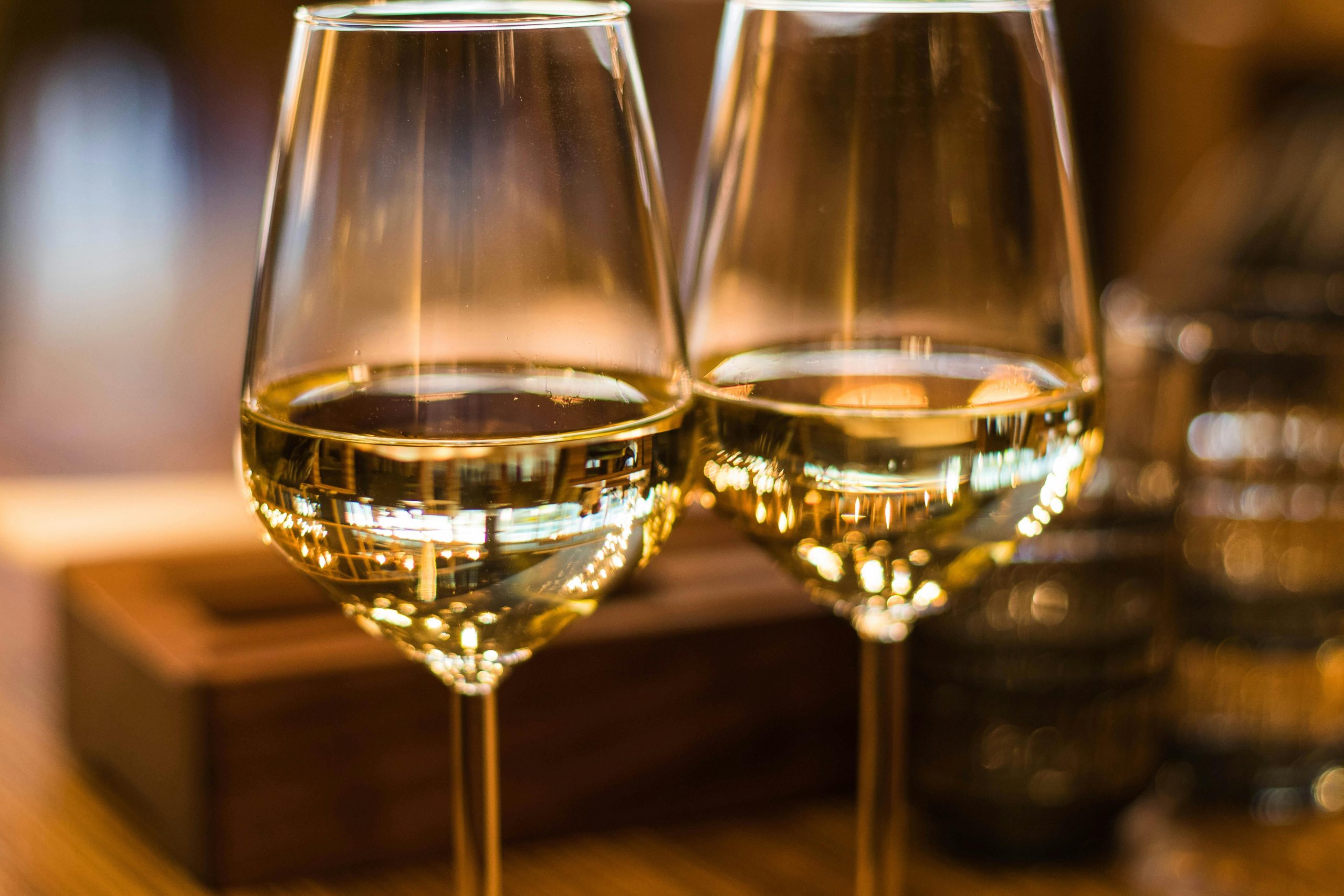VINO
Well-known member
White, white wine: Argentina is producing more of it than Malbec
Although consumers tend to favor reds, there is no shortage of great whites; it´s just a matter of finding the right one for you
In our monthly meeting, my editor asked whether, as Argentina is known for its red wines, there was any mileage in a story about whites. “Absolutely!” I shouted down the WhatsApp microphone.
Late May is when Argentina’s official harvest report comes out, crunching the numbers on how many kilos of grapes were picked, which varieties, and where they were cultivated. Good old nerd stuff. Then we receive the critics’ reports: humans revered for their outstanding palates and ability to recall flavors and aromas from one year to another, weather reports, how wines age, and humans who annually drop by to try our wares — then score them for the world to see.
The National Wine Institute (INV, by its Spanish initials) kindly sent over its “Final Production and Harvest Report 2025,” which gives us useful figures. Argentina is home to 1,230 bodegas (wineries), of which 893 are registered producers, and more than one billion liters of wine were produced as of May 18. In this figure I proudly include my 12,000 liters of fermented grape juices comprising eight labels.
It’s certainly a long process that requires plenty of patience. Harvest in Jujuy’s warm southern valleys might start on January 1, while Trevelin in Chubut wraps up, grape clusters shrouded in ice, in mid-May.
The report is thus organized by province and variety — and a few grape names I’ve never heard of popped up. Gibi! How did you sneak up on me, Gibi, surpassing four million kilos in Mendoza? Also known as Hebén, Gibi originated in North Africa as a table grape. It turns out winemaker Fernando Ravera is making a natural wine under the Turbio line with Gibi grapes from a 1970-planted vineyard in Fray Beltrán, Mendoza. It’s safe to say this is an Argentine unicorn, and I’m happy to learn something new.
Then there’s Aconcagua (INTA CG 88086), a grape cultivated by the national agricultural technology institute, but it’s a mystery whether it has ever made it to the bottle as a wine labelled with its variety name. That notched up another four million.
For the record, the varieties Pedro Giménez, Torrontés sanjuanino, Chardonnay, and Sauvignon Blanc were Mendoza’s biggest-producing whites this year — but only the latter two will make it to the bottle, generally speaking, rather than the humble Tetra Pak (37% of wine consumed in 2023 in Argentina came out of a box).
I also believe there’s only one skin-contact Riesling in Argentina, and that would be my own Sorolita Naranjo 2024. (Skin contact means vinifying white grapes as if they were red, with their skins on, which leads to deeper yellow, peach, or orange hues.) A notable 616,000 kilos were picked in Mendoza this year of this austere white known for its petroleum notes when grown in Germany’s Mosel region and takes on a more tropical stance in Argentina’s main grape-growing province.
Orange wines, as skin contact wines are also known, are all the rage because they are more rounded than some whites bearing high acidity that not all drinkers readily accept. The light tannins that the skin contact administers make for interesting pairings, and as there has likely been little to no oak contact in the production process, they are easier on the palate for novice wine drinkers.
Then there’s the “bonus” for the new generation of wine lovers who mistakenly assume all orange wines are natural wines. This style refers to minimal intervention in cultivation and the production process, the use of natural yeasts to spark spontaneous fermentation, and no added sulfites, and that they are therefore “saving” the planet or are “healthier” to consume. But they can often be flawed or show defects because sulfites act as preservatives and stabilize liquids. My stance on natural wines: you gotta kiss a lot of frogs before finding the prince, princess, or non-binary royalty.
The white wine conundrum
Back to great whites. I’m always baffled when someone says, “I don’t drink white wine,” because it’s usually without rhyme or reason. I suspect it’s because of the “sweet” or late harvest association. There’s a time and a place for those styles, and kickstarting a meal or an asado isn’t it.I also hear, “I don’t like Chardonnay.” Okay, you probably mean buttery ones associated with California. Again, time and place, and a trout fillet, pork chops, or buttery seafood are superb matches. Oak is no longer an all-or-nothing scenario: today’s focus on expressing terroir has led to winemakers better understanding barrels and foudres, choosing used over brand-new barrels, still giving wines structure but less ‘oaky’ flavors such as vanilla or coconut. Plus pairings are friendlier than intense reds.
Speaking of oak, a recent Herald headline suggested Malbec is a thing of the past. I disagree: it’s not that Malbec is a dinosaur, but rather that consumers’ tastes are evolving toward wines that are easier to drink. It is not only a matter of opinion, but something backed by data. According to a 2024 report from the Argentine Viticulture Institute, production of all white wines totaled 3,101,977 hectoliters (hl). Production of Malbec as a single varietal, on the other hand, came in at 2,440,879 hl.
Meanwhile, there are powerful reds aged for 24 months in new French and/or American oak that are designed to be uncorked in 10 years’ time. If opened now, they will strip your cheeks with their tannins. But if consumers only digest images and texts the length of an Instagram caption, how will they have the patience to contemplate buying, laying down, and then drinking them in the future?
Whites, skin contact, and sparkling wines in an array of styles are naturally easier to consume because they don’t have tannins, and barrel use is usually more subtle. World-class Argentine whites include (love it or hate it, but definitely try it) Catena Zapata’s Adrianna Vineyard White Bones and White Stones Chardonnays, a duo exploring cool-climate elevated terroir that has clocked up 100 points from critics.
Another revered Chardonnay is Bodega Chacra’s, from Río Negro, while El Enemigo’s Chenin Blanc – fortunately undergoing a long-overdue revival – and Torrontés have also been recognized for their quality over the past year.
Personally, I’ve long adored Semillón, a historic and noble white in Argentina (I make two to showcase terroir with this variety). Mendel’s has long been a benchmark, and it’s always pleasing to see it on lists around Latin America. Zuccardi also makes an excellent one in Tupungato, Uco Valley, and is committed to the great white cause: its Poligonos line includes Chenin, Albariño, Verdejo, Riesling, and Sauvignon Blanc.
There are hundreds of great whites out there, from oranges to easy drinkers and those with controlled oak. You simply need to kiss a few frogs to get closer to the white wine royalty that floats your boat.

White, white wine: Argentina is producing more of it than Malbec - Buenos Aires Herald
Although consumers tend to favor reds, there is no shortage of great whites; it's just a matter of finding the right one for you
buenosairesherald.com

